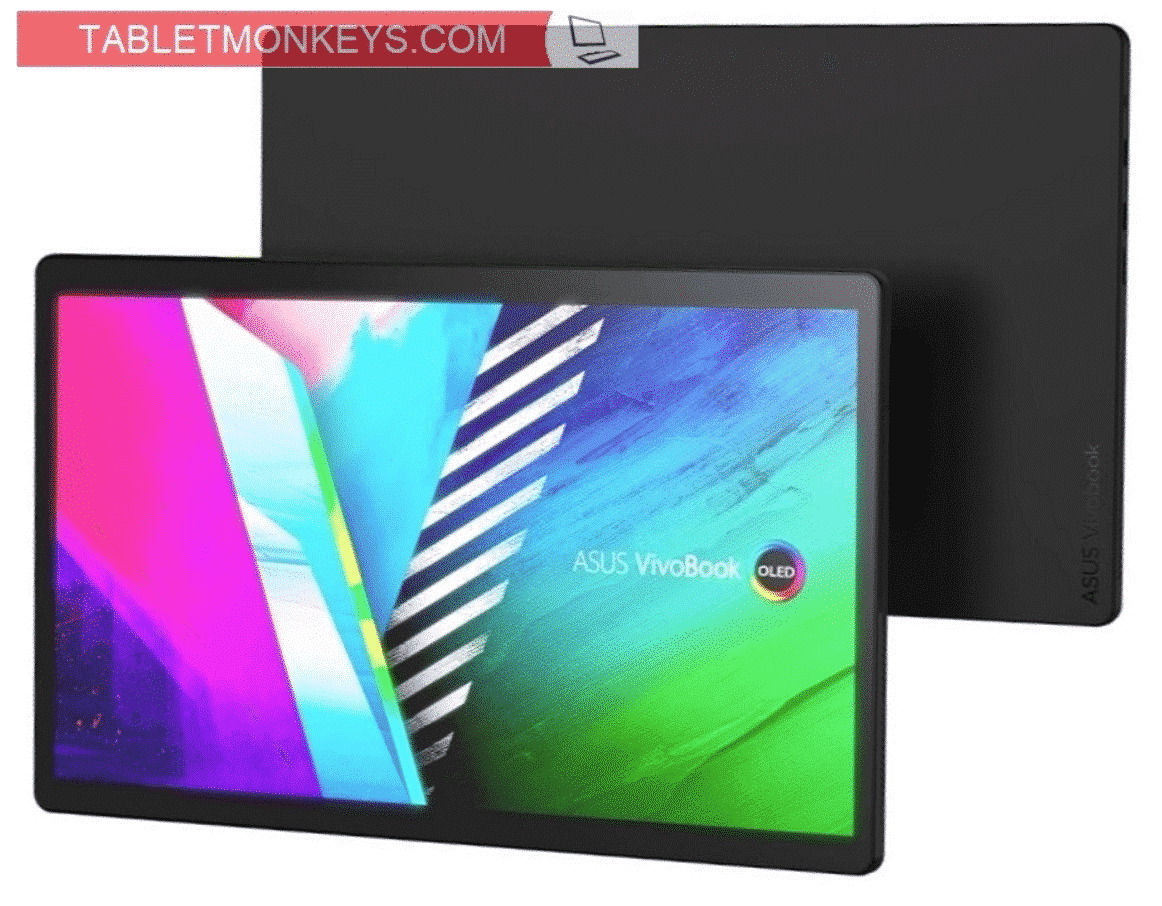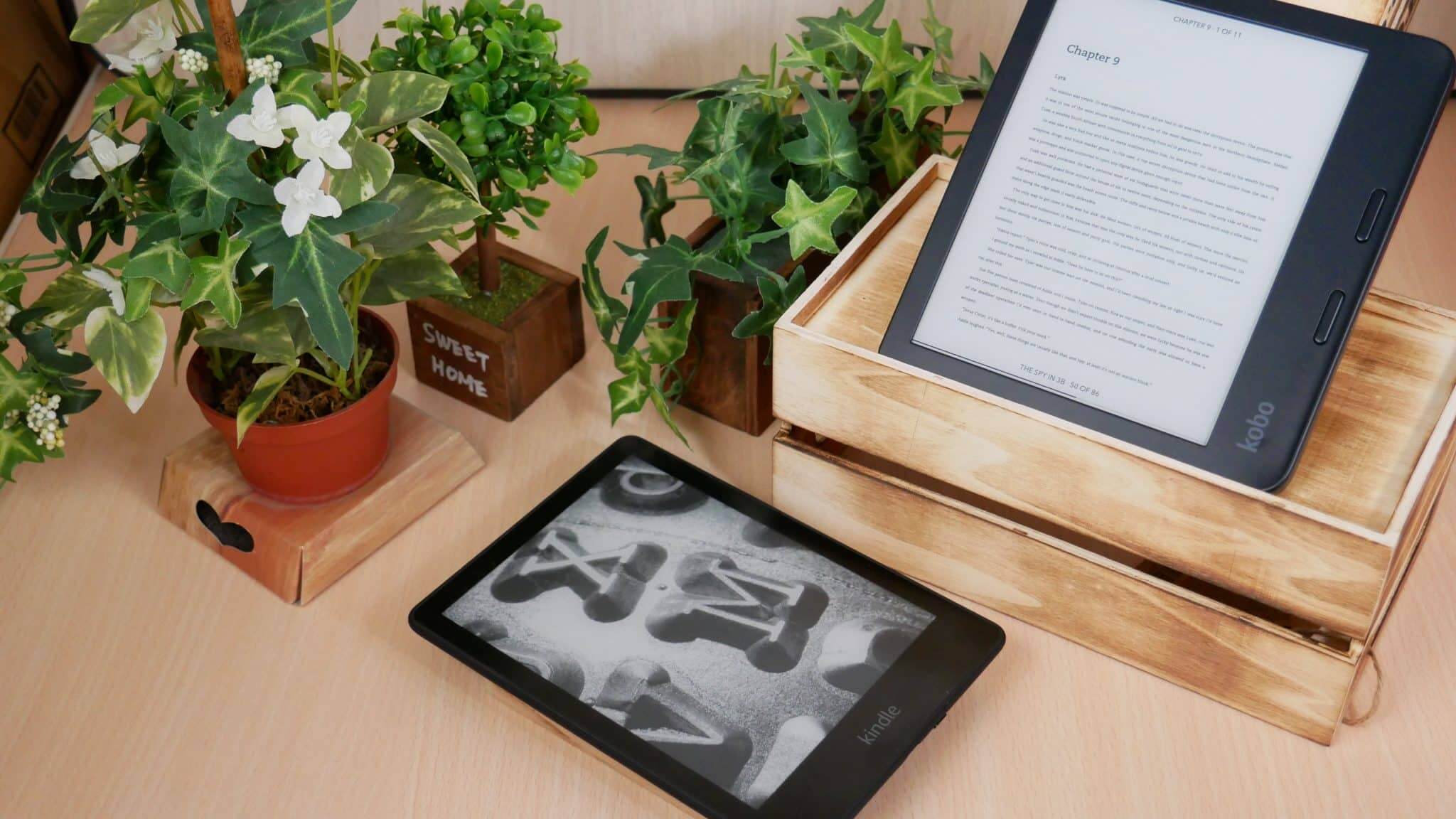The Amazon Kindle Paperwhite 11th Generation and Kobo Libra 2 are two of the latest e-readers to hit the streets and many people are wondering what the differences are. Both of their ecosystems are fairly similar, you can find the latest bestsellers and ebooks written by indie authors. You can buy audiobooks and listen to them with a pair of Bluetooth headphones. There are some key differences, Kobo does business with Overdrive, so you can easily borrow and read books right on the device and Amazon has Goodreads, a social media book discovery website. What e-reader should you buy?
The Amazon Kindle Paperwhite 11th generation features a 6.8 inch E INK Carta 1200 touchscreen display with a resolution of 1236 x 1648 and 300 PPI. The Kindle Paperwhite 4, had an excellent lighting system, with 5 LED lights, but the Paperwhite 5 has 17 white and amber LED lights, giving users the ability to get a candlelight effect. This is the first time that Amazon brought over the warm light screen to the Paperwhite, it used to be a Kindle Oasis exclusive. The screen is flush with the bezel, protected by a layer of glass.
The Libra 2 features a 7 inch E INK Carta 1200 display with a resolution of 1264×1680 with 300 PPI. What exactly is this new e-paper technology? E Ink Carta 1200 delivers a 20% increase in response time over E Ink Carta 1000, and an improvement in the contrast ratio of 15%. E Ink Carta 1200 modules consist of a TFT (thin film transistor), Ink layer and Protective Sheet. The e-reader screen is not completely flush with the bezel, there is a very small incline, a small dip. It is not using a glass based display, instead it is using plastic, I found that the overall clarity of text is better on the Libra, due it not having glass. You can see our video comparison at the bottom of the post to see what I mean. Both e-readers are rated IPX8, so they can be submerged in fresh water for up to 60 minutes and a depth of 2 meters.
Underneath the hood of the Paperwhite 5 is a NXP/Freescale 1GHZ processor, 1GB of RAM and 8GB of internal storage. You will be able to connect it up to your MAC or PC via USB-C to charge it or to transfer digital content. Amazon has decided to not provide cellular options for this generation, so there is no LTE/4G variants. Likely the company realized that this is nothing but trouble, with the shutdown of their 3G networks, rendering millions of 3G Kindles not being able to connect anymore and they probably don’t want to have to deal with it anymore and continue to pay carrier licensing fees.
Underneath the hood of the Libra 2 is a 1 GHZ single core processor, 512MB of RAM and 32 GB of internal storage. It has USB-C to charge the device and has a respectable 1,500 mAH battery. You will be able to connect up to the Kobo Bookstore, Overdrive and access Pocket via WIFI. It has Bluetooth 5.1 in order to connect up a pair of headphones to listen to audiobooks.
I think the Kobo Libra 2 is the better device, although it is $40 more expensive. It has double the internal storage, a better E INK screen and the overall performance is a bit better. Overdrive library lending provides more value than Goodreads, for the average user. The manual page turn buttons on the Kobo cannot be understated. The Kindle is no slouch either, it is the best Paperwhite Amazon ever made, page turns are ultra-fast and so is navigating around the UI. I think the font menus, on the Kindle is more intuitive for users, but the Kobo has more advanced features.
Michael Kozlowski is the editor-in-chief at Good e-Reader and has written about audiobooks and e-readers for the past fifteen years. Newspapers and websites such as the CBC, CNET, Engadget, Huffington Post and the New York Times have picked up his articles. He Lives in Vancouver, British Columbia, Canada.

